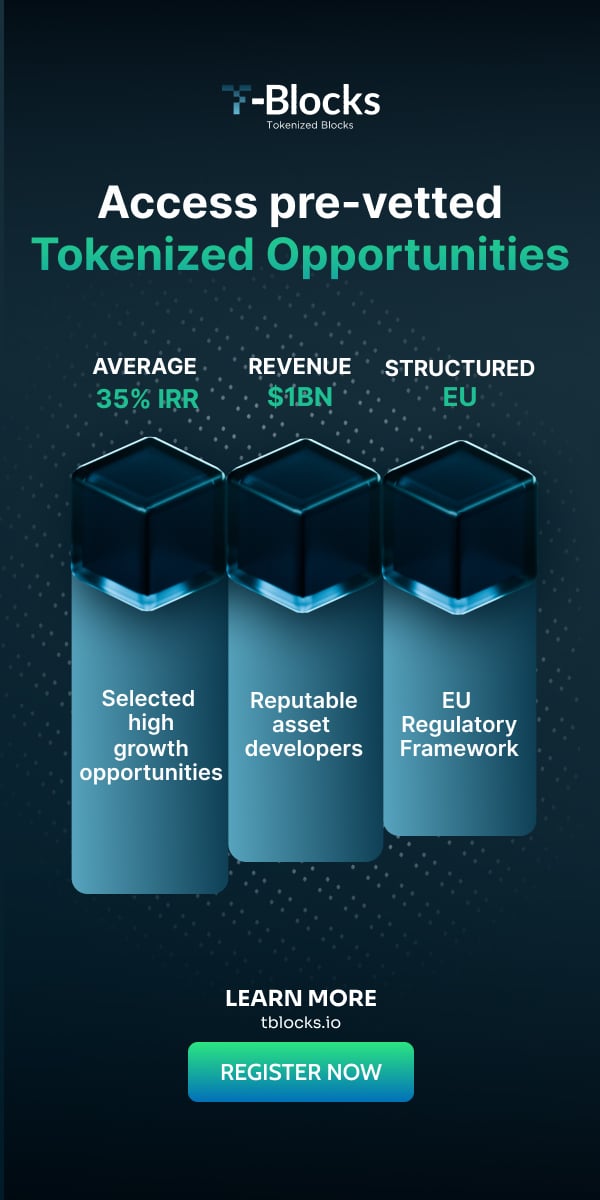An exploration of the Non-Fungible Blockchain Ecosystem – report from NFT.NYC
In December 2018 I got an invitation from William Entriken to participate at the NFT.NYC conference in New York. William is the lead author of the ERC-721 token standard that lays the foundation for the Non-Fungible Blockchain Ecosystem. As an artist who is interested in blockchain and tokenization of art, I have been in contact with William since summer 2018 and was eager to get to know more about him and the ERC-721 token standard, so I accepted the invitation.
By Jonas Kasper Jensen
The nature of NFT´s aka Non-Fungible tokens is for many hard to grasp, especially since it’s such a newcomer in the crypto space. Fungible tokens such as Bitcoin and Ether are interchangeable, which means that all tokens on the bitcoin chain hold the same value and can be exchanged directly with each other. As the Non in Non-Fungible tokens points at, an NFT is not interchangeable. Every token is unique. This is a practical tool if one wants to register something of unique qualities on the blockchain like goods such as artworks or design objects. It can also be used (and is especially appreciated) in the gaming industry since the standard will make it possible to make in-game items ownable.
NFT´s are only a little more than a year old so the community that is developing around it has yet to find out what it can be used for and the conference was an event meant to showcase and discuss some possible use cases. In this article, I will dig into three NFT projects that I think points in the direction that this new technology could get adoption at the art scene and beyond.
The conference presented over 80 speakers all with very different portfolios. It is important to notice that I have chosen to write about three projects that I think is especially useful in the context of understanding digitalisation of art and that all text and information presented in the article is my interpretation of the talks and that I have added background information where I think it is needed.
Cryptopunks
You probably already know the game CryptoKitties developed by Axiom Zen. The game clogged the Ethereum network in around December the 4th 2017. To date, CryptoKitties is the most successful and known project that utilises the NFT technology. But before the small breedable cats took all limelight, Matt Hall and his team at Larva Labs released, as an experiment, 9.000 unique digital images they called Cryptopunks to the Ethereum blockchain. Each of the punks had and still have its own look, and all characters are collectable. At the NFT.NYC Matt explained that he and his colleges at Larva labs had made a character generator and just wanted to find out what it could be used for. They were interested in how it would be possible to make digital content special and what there was needed to make people feel that the Cryptopunks were valuable and worth to own.
Before NFT’s it was impossible to prove the ownership of any digital content. It was always possible to make a copy of a digital original, and no one would be able to set them apart. Especially digital images, moving images and sound would be easily shared on, for example, p2p networks like Piratebay and Napster. Copying and sharing digital content was for the user ultimately seen as a good thing especially if one was interested in the spread of digital content as a means of democratisation of knowledge. But the artist suffered from this. The film and music industries were especially hit and as of 2009 filesharing over p2p networks had a share of 70% of all internet traffic. This led to, if not a collapse, then at least a crisis in both the music and film industry.
From this new market strategies emerged – of whom Netflix for moving images, Spotify for sound and Instagram for images are good examples. These companies have gained their success on offering exactly so much content on their platform so that consumers rather want to use their service than to download illegal content. This again led to a well-known consequence of loss of rights and revenue for the artists and is the dominant mainstream entertainment system today.
With the advent of the NFT standard, it will be possible for the artists to reclaim ownership of digital content. Because an NFT is recorded on the Ethereum blockchain, it will be possible for the artist to prove that he or she created the work and control the outlet of the work (because they are non-fungible). In the case of Cryptopunks this means that if you are the owner of a punk, you know for sure that you are the only owner and that there does not exist thousands of copies with download links on shady p2p homepages.
After releasing almost the entire collection of Cryptopunks for free, Matt has told, there didn’t go many days before people started to exchange them with each other for Ether and thus the ecosystem of Cryptopunks became a market for exchange. What arose from this was the possibility for Matt and his team to earn on collectors’ interest in selling and trading the unique digital images. Having the ability to prove ownership of digital content makes it possible to collect. Thus from the possibility to collect, a market has arisen.
Matt said that he by chance had been involved in the art market and had exhibited physical prints of some of the punks at art exhibitions. For him, it had made a perfect circle that the collectable digital punks also could be used in a physical context. Matt is in his own words a nerd that stumbled over the art-scene. In the next example, I will describe an already established artist that uses the NFT standard as a tool to produce her works.
89 seconds Atomized
Ever since the launch of Bitcoin, artists have been working on integrating blockchain technology into their practices. If left in a purely digital space this will be possible with the
At the NFT.NYC Eve presented the piece in its current state. Half of the boxes were sold, and she had had to rent them from the collectors to be able to present them. Since half of the piece was missing, it was shown with flickering pixels where the blocks were missing, very much assembling digital noise. As a tool of representation, the video showed the community that was developing around collecting the artwork. Also, the work points at the structural changes that this new technology might bring with it.
By referring to the original piece 89 second at Alcazár Eve bridges the gap between her real work, in this case, the video from 2004 and the new digitalised work on the blockchain. And thus, the artwork shows what role art can play in this new technology as a representation of the real, or just like a registry of thorough ownership of a (part) of a physical object represented as a digital proxy. In this case, the original “physical” work and the new “digital” atomised work.
But what happens when the physical reference is removed, and the digital artwork or object does not bear a reference to anything other than to itself. This I imagine, will be one of the most exciting (and possibly disturbing) use cases of NFT´s and as the following example shows it might have ungraspable consequences for how we imagine the experience of lived life and has a potential labour economy arising within it.
Mass Exodus
Hoard is a blockchain company that wants to enable true ownership within videogames through an opensource SDK. Simply put, Hoard is aiming to build an opensource wallet that can be used by game developers to create NFT´s on the Ethereum network and thus make items in videogame thoroughly ownable. On NFT.NYC Christopher Robinson from Hoard gave his view on why NFT´s are such a big deal.
The foundation of Hoard’s vision is to be found in the idea of a metaverse. The metaverse is to be understood as a collective virtual shared space. This includes all virtual worlds, augmented reality and the internet. The metaverse, Christopher claimed, will in the future take up more time and generate more value than the real world. Because of this, Christoph explained (referring to the book of Exodus and the virtual world by Edward Castronova), we will see a mass exodus from the old and real world to the new and virtual world.
Having fun and socialising will be a driving factor for this emigration, but people will not visit the metaverse just for amusement. In Christoph’s vision, the incitement to continue being logged into the metaverse will have an economic factor because one will be able to collect and sell in-game items and thus make a living from interacting with these virtual worlds. This is where NFT´s comes into the picture. As we know, the technology behind NFT´s makes it possible to own digital content thoroughly, and thus it will be possible to collect and sell items in games.
Christoph explained that these digital assets already exist on social media, but the users do not own them. Companies like Facebook, Twitter and Instagram own our activity on their platforms and can take our content and profiles down as they like. On a fully decentralised network this will not be possible since the database is public and owned by everyone. Just like in the case of the music and film industry, the decentralised gaming industry will empower the user to take control of one’s digital content.
As Christoph points at, games might look different than we know them today. To get an idea of how they might look one could think of the early original Metaverse experiment or Second life, but one could also look at more recent game developers like Decentralized land. As the digital asset takes such a central role within the games, one could imagine the games as interactive exchanges. Thus, games become relays for experiences for the players, and they will compete by giving the best user experience and be the most fun.
Concluding remarks
The challenge for the art world in its adoption of this new commodity is obvious. Collecting and creating art has a history of physical contracts and methods, and it will need a paradigm shift to grasp and implement digital objects that only refer to themselves into both artistic production and collection of the same. The question is, will the art industry also experience a mass move from real physical objects to digital assets? And what will art become if the central mechanism of its production and evaluation becomes economical? Or said differently, what will art become when its prime function is that of an object that facilitates exchange?
In this new untouched land, it is impossible to tell. But artists will, as the history of art production has proved repeatedly, be on the frontier in implementing emerging technologies into their work. At the NFT.NYC this seemed obvious. I felt a vibe and an energy that I have hardly experienced anywhere before, and if my experience from the expectations of the participants and speakers of the event comes into fruition, it will be to sit back and enjoy the unknown spectacle unfold.
Text by Jonas Kasper Jensen. Jonas is a visual artist based in Copenhagen. In his work, he is inspired by blockchain technology. He studied at The Royal Academy of Fine Arts, Copenhagen with Prof. Carsten Juhl and at Städelschule, Frankfurt with Prof. Willem de Rooij. In conjunction with his own practice, Jonas is part of the artist groups Lehman Brothers. Visit Jonas Kasper Jensen’s website here: www.jonaskasperjensen.com.
More Articles:
Billions worth of underwater artefacts become real use case for Non-Fungible Tokens
Miss Bitcoin & Enjin to Launch Japan’s First Charity NFT Project





















